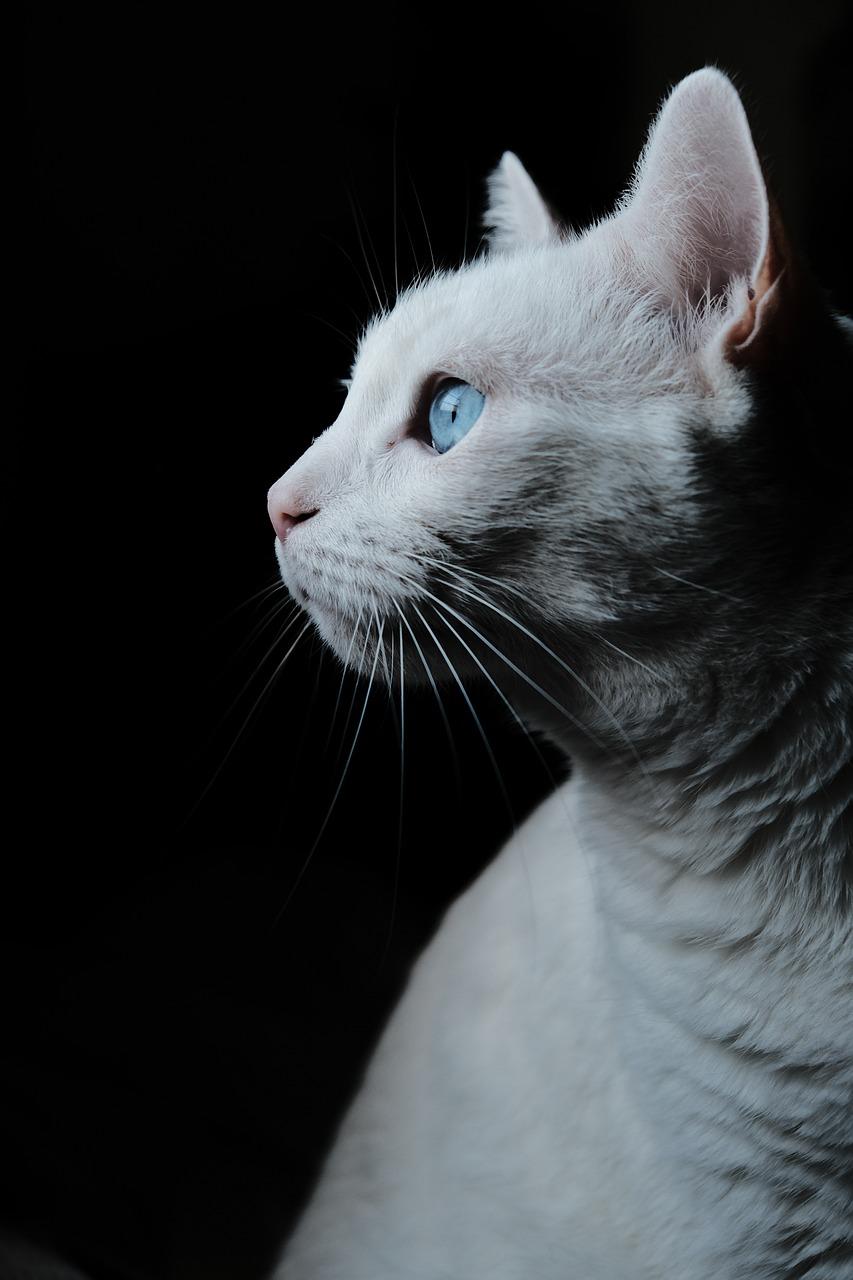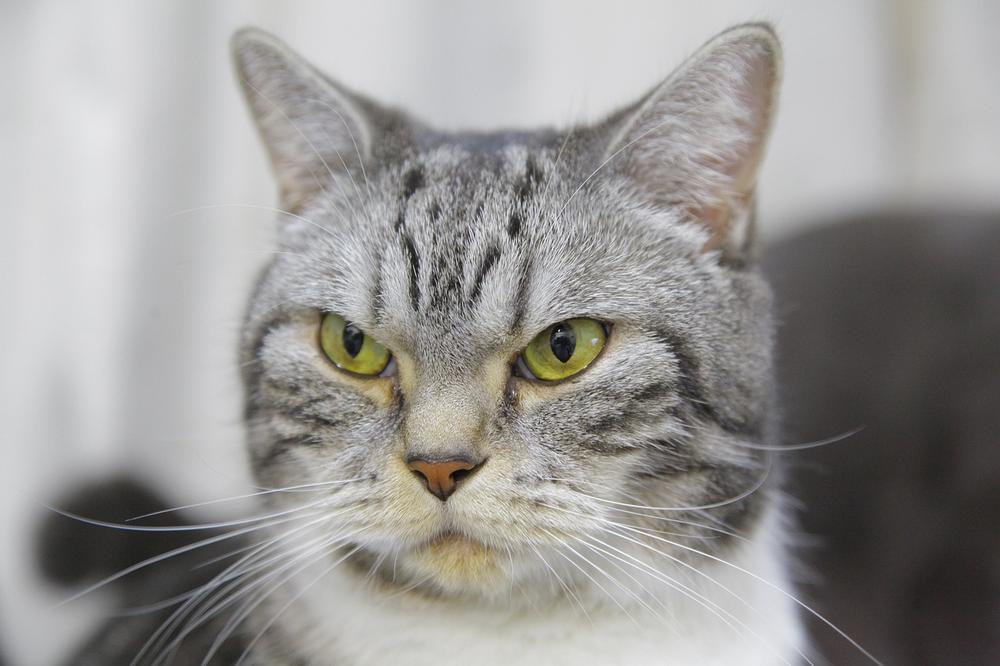Is Bog Laurel Toxic to Cats?

Worried that your furry feline may be in danger?
Curiosity kills the cat, they say.
But does it always?
Could bog laurel be the culprit? 😮
Let's dive into the mysterious world of toxic plants and find out together.
Ready?
Let's go!
The Dangers of Bog Laurel for Cats
The toxicity of bog laurel for cats
Let me share something important with you about bog laurel and why it poses a tremendous danger to your furry companion.
Did you know that the leaves and twigs of this plant contain small amounts of cyanide?
Yes, that's right – even a tiny trace of cyanide can seriously harm your beloved cat. Despite its herbal benefits for humans dealing with respiratory issues, digestive problems, or skin conditions, bog laurel is definitely NOT safe for our feline friends.
The levels of toxins in this plant are simply too much for their delicate bodies to handle.
Grayanotoxins: A major concern for cats
Now, what happens when a cat ingests bog laurel?
Allow me to enlighten you.
The grayanotoxins found in this plant have a unique ability to disrupt the natural electrical current in cells.
This disruption causes the cells to remain in a perpetually excited state.
I must emphasize that it's not the pleasant kind of excitement we're talking about here.
If by misfortune, your cat consumes approximately 0.2% of their body weight in green leaves, flowers, or stems of bog laurel, they may experience severe clinical signs.

Trust me, you don't want your precious furry friend to go through that ordeal.
Beware of laurel plants, no matter their name
You might be familiar with bog laurel under various names such as mountain laurel, sheep laurel, lambkill, toxic laurel...and the list goes on.
However, regardless of what you call it, the reality remains unchanged – all laurel plants are hazardous for your cats.
These plants contain dangerous grayanotoxins that disrupt the sodium channels within your cat's body.
Such disruption can lead to serious heart problems for our adored feline companions and, in some cases, can even prove fatal.
Believe me, even a small quantity of laurel plant ingested by your cat can result in devastating consequences for their health.
So please, keep a vigilant eye on your cats and ensure they steer clear of any laurel plants.
It's simply not worth taking the risk.
To keep your beloved cat safe from plant toxins, I highly recommend checking out my article on whether ivy is toxic to cats or not.
Find out how to ensure your feline friend's well-being around ivy plants.
Just click on "Is Ivy Toxic to Cats".
Stay informed and keep your cat out of harm's way.
Common Symptoms of Bog Laurel Poisoning in Cats
To identify bog laurel poisoning in cats, be on the lookout for these 15 common symptoms:
- Vomiting
- Diarrhea
- Drooling
- Weakness
- Tremors
- Excessive salivation
- Perspiration
- Dizziness
- Grayanotoxin-induced diarrhea
- Severe muscular weakness
- Loss of coordination
- Coma
- Death (in extreme cases)
- Dropping blood pressure
- Heart disturbances
If you notice any of these signs in your cat, you should contact your veterinarian immediately. Remember, discouraging further ingestion of bog laurel is important, as it can cause burning sensations in their mouth.
Make sure to provide detailed information about observed symptoms to aid in the diagnosis, since there is no specific test available. Stay vigilant and keep your feline friends safe!

Expand your horizons: If you notice any of these signs in your cat, it's important to be cautious and take immediate action. I advise you to check out Are Marigolds Poisonous to Cats for more information on what steps to take if you suspect marigold toxicity. Stay informed and keep your furry companions safe!
But what should you do if your cat does exhibit these symptoms?
Well, I'm here to tell you about some effective initial treatment methods that can help remove toxins from your cat's system and aid in their recovery...
Treatment for Bog Laurel Toxicity in Cats
When it comes to treating bog laurel toxicity in cats, there are a few important steps to follow.
Here's what you need to know:
- Inducing vomiting can help remove toxins from the cat's system. Hydrogen peroxide is commonly used for this purpose. Consult your vet about the appropriate dosage and administration method.
- Administering activated charcoal is another effective treatment method. Activated charcoal helps absorb toxins in the digestive tract and prevents further absorption into the cat's body. Your vet will guide you on the correct dosage.
- Medical examinations may be necessary to assess the severity of poisoning. Complete blood count, blood chemistry profile, urinalysis, and endoscopy can help identify the presence of plant material and any potential complications.
- In more severe cases, gastric lavage (stomach pumping) might be required to remove toxic substances. This procedure should only be performed by a veterinarian.
- Sodium channel blockers can be administered to counteract the effects of laurel toxins. Your vet will determine the appropriate medication and dosage based on the cat's condition.
During the recovery process, keeping your cat calm and comfortable is essential.
Soft foods may aid their healing process, and if breathing difficulties occur, respiratory support can be provided. 😺

But wait, there's one crucial question that remains unanswered...
Are laurel plants the only danger your cat might encounter?
Let's explore other common household plants and their potential risks to our feline friends.
Stay tuned for more surprising revelations in the next section!
When to Seek Veterinary Care for Bog Laurel Toxicity in Cats
Immediately seek veterinary care if your cat eats laurel plants, no matter how mild the symptoms.
If you suspect your feline has devoured a bog laurel plant, reach out to your vet or the Pet Poison Helpline right away. Promptly get your dog medical attention if they consume any part of a bay laurel tree or if excessive moss ingestion concerns you.
Remember to bring a sample or photo of the plant or vomit with plant material for diagnosis. Keep a close eye on them and report any recurring symptoms to the vet immediately.
Doing so increases their chances of a full recovery and prevents fatal consequences.
Preventing Bog Laurel Poisoning in Cats
To keep your furry friend safe and in good health, you ought to prevent them from getting poisoned by bog laurel.

Here are some practical tips for you:
- You should block off areas in your yard or garden where bog laurel grows using fences or barriers.
- Make sure to get rid of all laurel plants in your home and garden so that your cat doesn't come into contact with them.
- If you're visiting someone else's place, consider keeping your cat indoors to avoid any possible exposure to laurel plants.
- Be cautious about moss too because if cats eat a lot of it, they could have stomach troubles on top of the toxicity of bog laurel.
- Don't forget that bay laurel trees are harmful to dogs as well due to a substance called d-limonene present throughout the tree.
By adhering to these precautionary steps, you can significantly decrease the likelihood of your beloved cat being poisoned by bog laurel.
Bog Laurel Safety Tips for Cat Owners
Key Takeaways:
- Bog laurel is toxic to cats and can be harmful if ingested.
- The leaves and twigs of bog laurel contain cyanide in small amounts.
- Bog laurel disrupts the electrical current in cells, causing them to stay constantly excited.
- Symptoms of bog laurel poisoning in cats include vomiting, diarrhea, weakness, and tremors.
- Prompt veterinary care is necessary if a cat ingests bog laurel.
- Treatment may involve inducing vomiting, administering activated charcoal, and providing respiratory support.
- Close monitoring and reporting recurring symptoms is important for a cat's recovery.
- Moss is not toxic to cats, but can cause gastrointestinal upset if ingested in large quantities.
- Preventing access to bog laurel is crucial to avoid ingestion.
- Bay laurel trees are toxic to dogs.
And that wraps up today's article.
If you wish to read more of my useful articles, I recommend you check out some of these: Is Rose Essential Oil Safe for Cats, Can Cats Drink Green Tea, Are Palms Toxic to Cats, Is Majesty Palm Toxic to Cats, and Can Cats Eat Silverfish
Talk soon,
-Sarah Davis